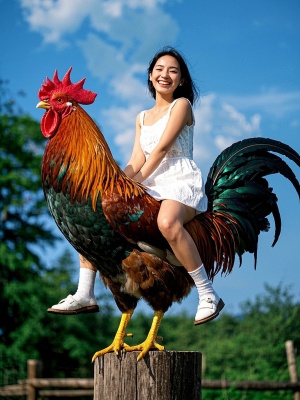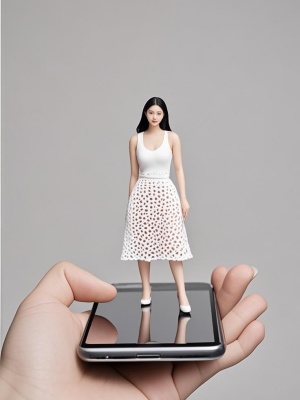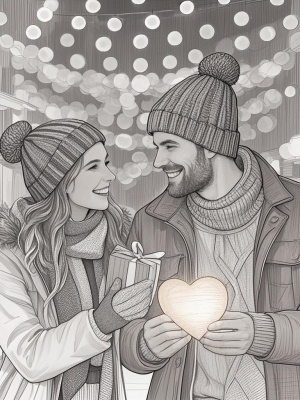The Rise of Software Pop Art: A Digital Revolution in Creativity
Introduction: The Fusion of Technology and Pop Culture
Software pop art represents a fascinating intersection between digital technology and the vibrant aesthetics of pop culture. This modern art form leverages advanced software tools to create visually striking works that echo the bold colors, commercial imagery, and mass media influences characteristic of traditional pop art. Unlike its analog predecessors, software pop art embraces the limitless possibilities of digital creation, allowing artists to push boundaries in unprecedented ways.
At MediaAI's gallery, you can explore numerous examples of how artificial intelligence is transforming this artistic movement. The digital nature of software pop art makes it particularly accessible, enabling both professional artists and enthusiasts to experiment with this dynamic style.
The Evolution of Pop Art in the Digital Age
From Warhol to Algorithms
Traditional pop art emerged in the 1950s as a reaction to abstract expressionism, with artists like Andy Warhol and Roy Lichtenstein celebrating consumer culture through their work. Today, software pop art builds upon these foundations while incorporating cutting-edge technologies:
- AI-powered image generation
- Algorithmic pattern creation
- Digital collage techniques
- Interactive elements
- Augmented reality integration
These technological advancements have democratized pop art creation, as explored in our AI art guide. Now anyone with a computer and creativity can produce professional-quality pop art inspired pieces.
Key Characteristics of Software Pop Art
The Digital Aesthetic Signature
Software pop art maintains the core principles of traditional pop art while developing distinct digital characteristics:
- Hyper-saturated colors - Digital tools allow for more intense color manipulation than physical media
- Pixel-perfect precision - Clean lines and geometric shapes are easily achieved
- Infinite reproducibility - Digital files can be perfectly duplicated endlessly
- Dynamic elements - Many software pop art pieces incorporate animation or interactivity
- Algorithmic randomness - AI can introduce controlled unpredictability into compositions
Creating Your Own Software Pop Art
A Step-by-Step Guide
For those interested in trying software pop art creation, here's a basic workflow using modern tools:
1. Start with a base image - This could be a photograph, digital painting, or AI-generated image from platforms like MediaAI's text-to-image generator
2. Apply pop art filters - Most image editing software includes effects that can instantly give your work a pop art feel
3. Enhance with manual editing - Adjust colors, add halftone patterns, or incorporate graphic elements

4. Experiment with AI tools - Try AI image transformation to push your creation in unexpected directions

5. Finalize and share - Export your work in high resolution for printing or digital display
The Future of Software Pop Art
Emerging Trends and Possibilities
As technology continues to evolve, software pop art is poised for exciting developments:
- Integration with virtual and augmented reality platforms
- Real-time generative art powered by AI
- Interactive pop art installations using motion sensors
- Blockchain technology for digital art authentication
- Collaborative online creation tools

According to experts at the Tate Modern, digital art forms like software pop art are becoming increasingly significant in contemporary art circles. The ability to combine traditional artistic sensibilities with cutting-edge technology makes this medium particularly relevant in our digital age.
Conclusion: The Enduring Appeal of Digital Pop
Software pop art represents more than just a technological update to a classic art movement - it's a vibrant new medium with its own unique possibilities. By combining the bold visual language of pop art with the limitless potential of digital tools, artists can create works that resonate with modern audiences while paying homage to art history.
Whether you're a professional artist or simply curious about digital creativity, exploring software pop art offers exciting opportunities for self-expression. Visit our blog for more insights into how AI and digital tools are transforming artistic creation across various genres and styles.